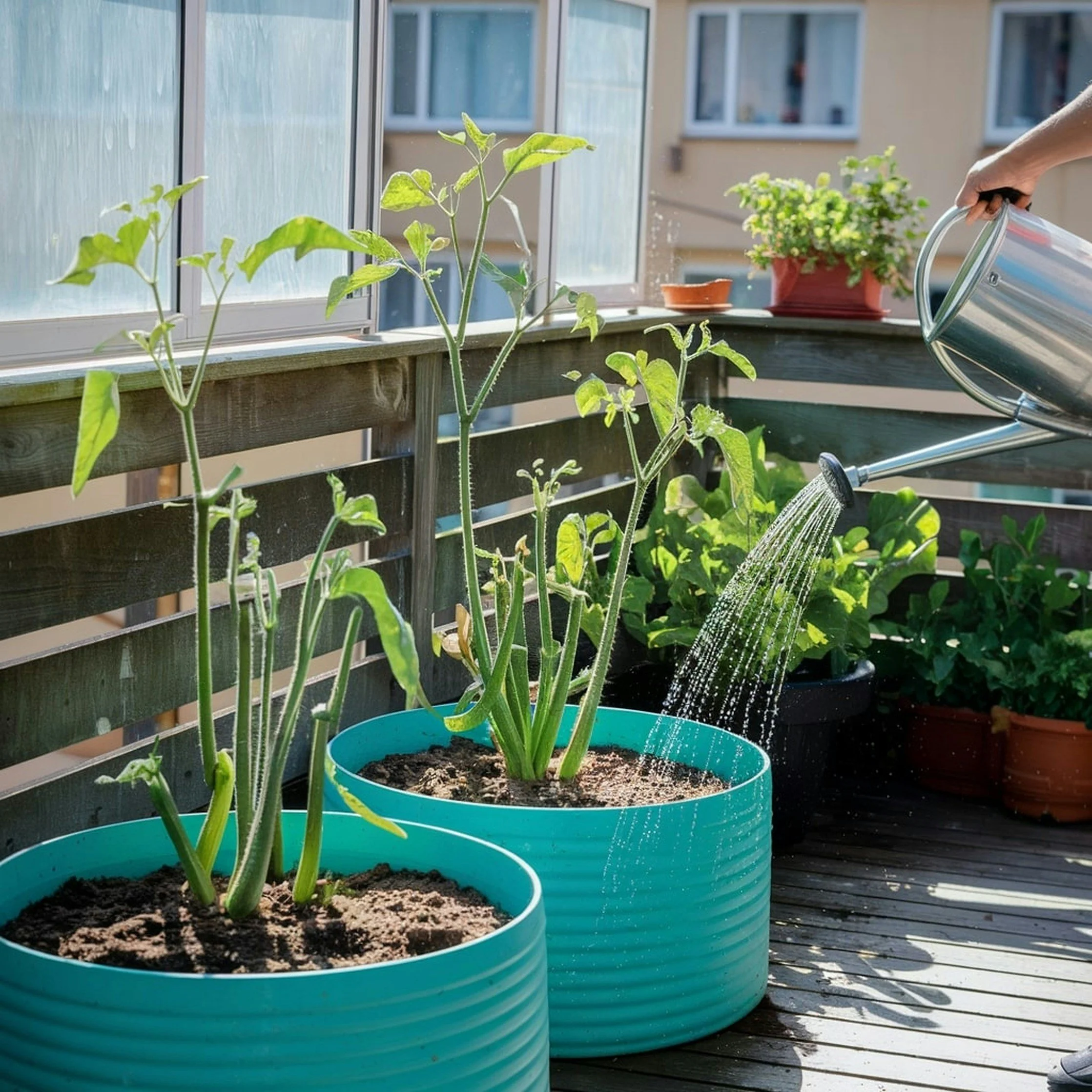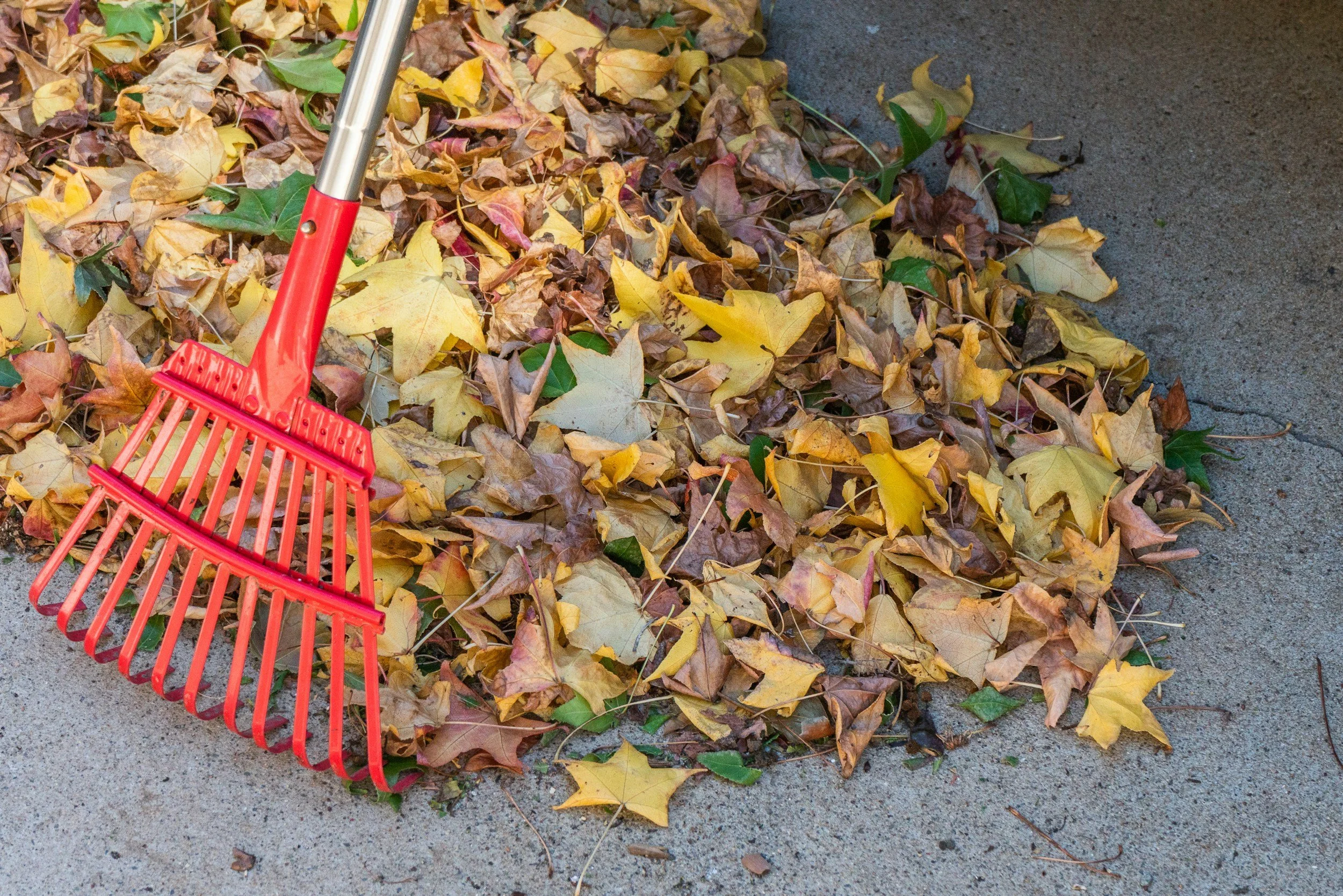Using Cover Crops During the Growing Season: What You Should Know
/A few weeks ago I pulled the last cover crops from one of my raised beds, and it struck me how often we think of cover crops as something to plant in the off-season. There are many benefits to planting them, including improving soil structure, adding nutrients to the soil, and protecting against erosion.
Regenerative farming practices include planting cover crops in fallow (i.e., unused) beds, to increase the quality and fertility of the soil. Cover crops can also be used as forage, or as mulch later in the season after it has been mowed, roller crimped, or partly harvested or cut. When it’s used this way, it’s often referred to as “green mulch.”
I often plant soil builder oats and peas as cover crops in the early fall season when I’ve finished harvesting most of my outdoor crops, but did you know that cover crops can also be grown during the growing season, right alongside your edibles? When done right, cover crops can help build healthier soil, suppress weeds, attract pollinators, and even outcompete certain pests. The trick is knowing how to integrate them thoughtfully into your edible garden, whether you're growing in the ground, in raised beds, or in containers.
This article will walk you through the basics of using cover crops mid-season: how to select the right ones for your zone and season, what to consider depending on your gardening setup, and how to avoid the most common challenges.
Why Use Cover Crops Mid‑Season?
Cover crops are often planted in fall or early spring, but mid-season planting can provide major benefits, including the following:
Soil Improvement: Crops like buckwheat, oats, and legumes build organic matter and improve soil structure. Legumes (e.g., clovers or cowpeas) also fix atmospheric nitrogen into a form that plants can use—reducing the need for synthetic fertilizers.
Weed Suppression: Fast-growing varieties like buckwheat form a living mulch that shades out weeds.
Pest and Disease Management: Certain cover crops act as "trap crops" or suppress soil-borne pathogens. Mustard, for example, releases biofumigant compounds that can reduce root-knot nematode populations.
Pollinator Support: Flowering cover crops like crimson clover or buckwheat attract bees and other beneficial insects.
Selecting the Right Cover Crops for the Season and Your Region
Choosing the right cover crop depends on your goals, climate, and the current season. Here are a few general guidelines:
Warm-Season Options (Late Spring through Summer)
Buckwheat: Fast-growing, excellent for weed suppression and pollinators
Cowpeas: A legume that fixes nitrogen and thrives in hot weather
Sorghum-sudangrass: Adds biomass and suppresses nematodes (better suited to large garden plots)
Soybeans: Fix nitrogen and provide summer ground cover
Cool-Season Options (Late Summer into Fall)
Oats: Easy to grow, not winter-hardy in most zones, great for soil building
Field peas: Fix nitrogen, excellent for early fall planting
Crimson clover: Attracts pollinators and fixes nitrogen; suitable for zones 6 and above.
Consider Your Zone
In colder regions (zones 3–5), oats, peas, and vetch are typically not winter-hardy but are easy to manage
In warmer zones (6–9), you can use overwintering cover crops like hairy vetch and rye, especially if succession planting with fall vegetables
Interplanting Cover Crops with Edibles: Tips and Pairings
Growing cover crops with your edible crops, which is also known as interplanting or undersowing, requires balance. You want the benefits of cover cropping without making your plants compete too much for water, nutrients, or light.
Tips for Interplanting:
Root zone separation: Choose cover crops with shallow roots (such as crimson clover or buckwheat) to pair with deep-rooted edibles like tomatoes or okra.
Timing matters: Sow cover crops between rows or under canopy crops after the edible plants are well established.
Manage biomass: Mow or cut back as needed to prevent cover crops from overshadowing your main crops.
Great Pairings:
Buckwheat + brassicas (e.g., broccoli): Buckwheat grows quickly and suppresses weeds while attracting pollinators.
Clover + corn or tomatoes: Clovers can spread between rows without competing aggressively for vertical space. Beware, though, clover needs active management or it can take over an area quickly.
Mustard + lettuce: Mustard can help with soil pathogens and offers partial shading for cool-loving greens.
Adapting Cover Crops to Different Growing Setups
In-Ground Gardens
Best for large cover crop mixes or those with deep roots like rye or daikon radish.
You can sow in rows, between rows, or broadcast and rake in.
Easily tilled in or chopped and dropped in place as mulch.
Raised Beds
Favor fast-growing, small-stature crops like buckwheat, peas, or white clover.
Raised beds dry out faster, so water cover crops regularly.
If you're succession planting, choose cover crops that will die back in winter or that are easy to mow and mulch in place.
Containers and Pots
Use compact, low-growing varieties like micro clover or field peas.
Be cautious about crowding—containers have limited nutrients and water.
Consider "living mulch" like white clover in larger pots to reduce evaporation.
Challenges to Watch For
While there are clear benefits, interplanting cover crops comes with some caveats:
Resource Competition: If not managed, cover crops can steal light, water, and nutrients from your vegetables. This is especially true in small beds or containers.
Termination Timing: Cover crops must be terminated before they flower (to prevent reseeding) or before they rob your edibles of resources. Depending on your crop, mow, pull, or cut at the base.
Residue Management: Thick or fibrous cover crops (like rye) may take time to break down. Chop them finely or allow 2–3 weeks before planting a new crop.
Crop Rotation Conflicts: Avoid planting cover crops from the same family as your edibles. For example, don't plant mustard as a cover if you’re growing cabbage—both are brassicas and can attract the same pests.
Best Practices: How to Get Started
Here’s a quick guide to integrating cover crops mid-season:
Plan Around Your Crops: Identify open spaces, underutilized areas, or between-row gaps where you can tuck in cover crops.
Choose Based on Goal: Want to improve soil? Choose legumes. Need to attract pollinators? Choose flowering options.
Sow Correctly:
Broadcast: Good for buckwheat or clover—just sprinkle and rake in lightly.
Rows or blocks: Use between beds or where you’ve just harvested.
Water and Monitor: Especially important in raised beds and pots. Keep soil evenly moist.
Cut Back or Terminate:
Use shears or a weed trimmer before the cover crops set seed.
Leave cuttings as mulch or compost them.
A Powerful Ally for Your Garden or Farm
Cover crops aren’t just for winter—they can be a powerful part of your summer gardening routine. By choosing the right varieties, timing your planting carefully, and adapting to your space, you can reap big benefits: richer soil, fewer weeds, and a more resilient garden. Don’t be afraid to experiment, observe, and adjust each season to find the best mix for your edible garden. With careful management, you’ll have a thriving soil ecosystem and healthier, more abundant crops to enjoy.








































